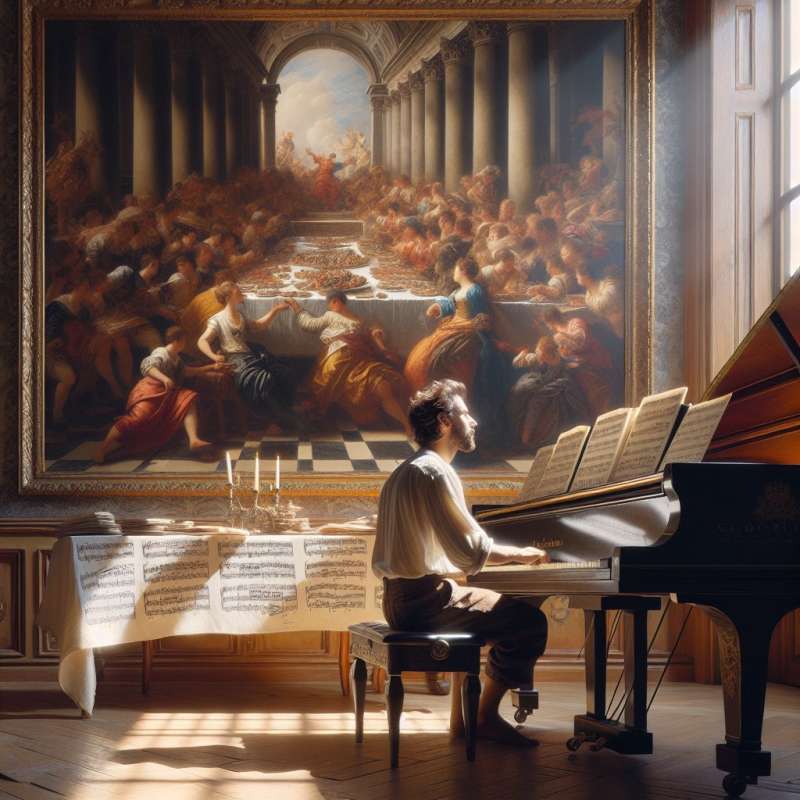
Leonardo's Masterpiece Origins
Commissioned in 1495, Leonardo da Vinci painted 'The Last Supper' for the Convent of Santa Maria delle Grazie in Milan. It portrays the moment Jesus announces his betrayal, capturing the apostles' emotional reactions.
Innovative Techniques Employed
Leonardo used an experimental technique combining oil and tempera on dry plaster, instead of the traditional fresco method. This allowed for greater detail and color, but unfortunately made the painting more susceptible to deterioration.
Symbolism and Composition
The painting is rich with symbolism: Jesus forms a triangular shape, symbolizing the Holy Trinity, and the apostles are grouped in threes, representing the balance of chaos and order. The use of perspective draws the viewer's eye to Jesus.
Restoration and Controversy
The painting has undergone numerous restorations, most notably in 1999 after 20 years of work. Critics argue about the extent of these restorations, debating whether they preserve or distort Leonardo's original vision.
Hidden Musical Notes Theory
In 2007, an Italian musician claimed to have found musical notes hidden in the painting. When placed on a musical staff, the position of the hands and loaves of bread form a 40-second 'Requiem,' possibly an intentional secret left by Leonardo.Unseen Double Image
Leonardo included a hidden second image of The Last Supper within the first, visible only when viewed from a specific angle with a mirror.
What year was 'The Last Supper' commissioned?
1495
1500
1485
Company